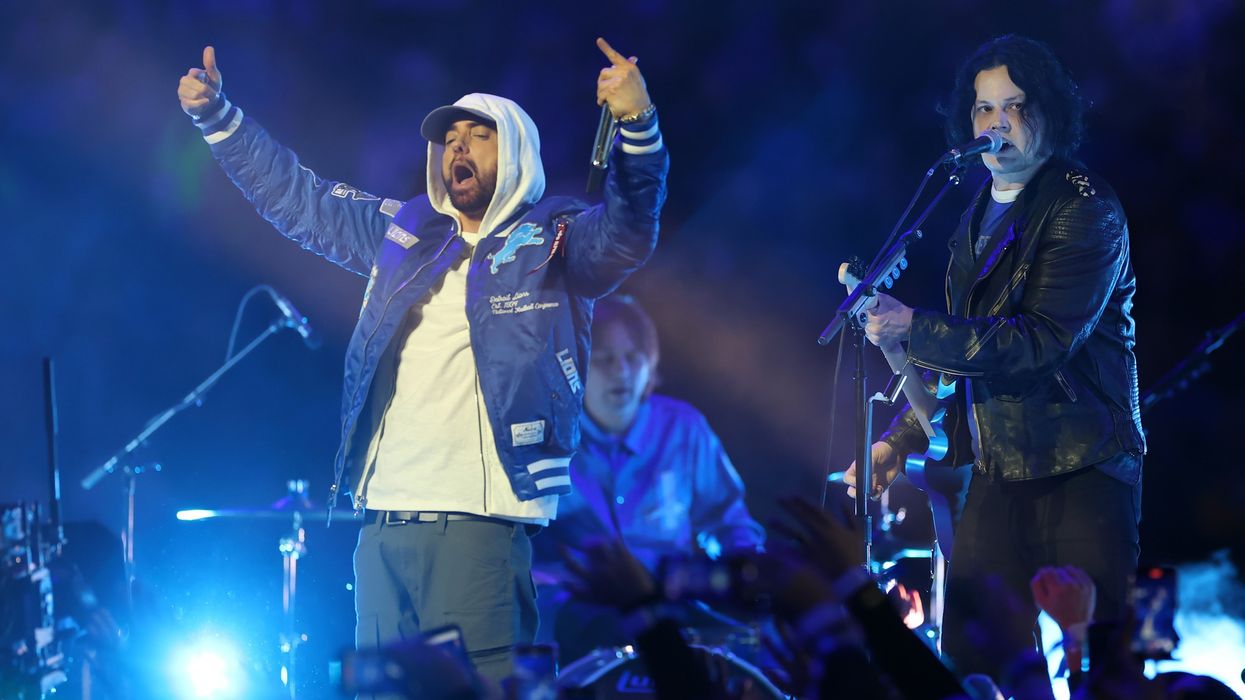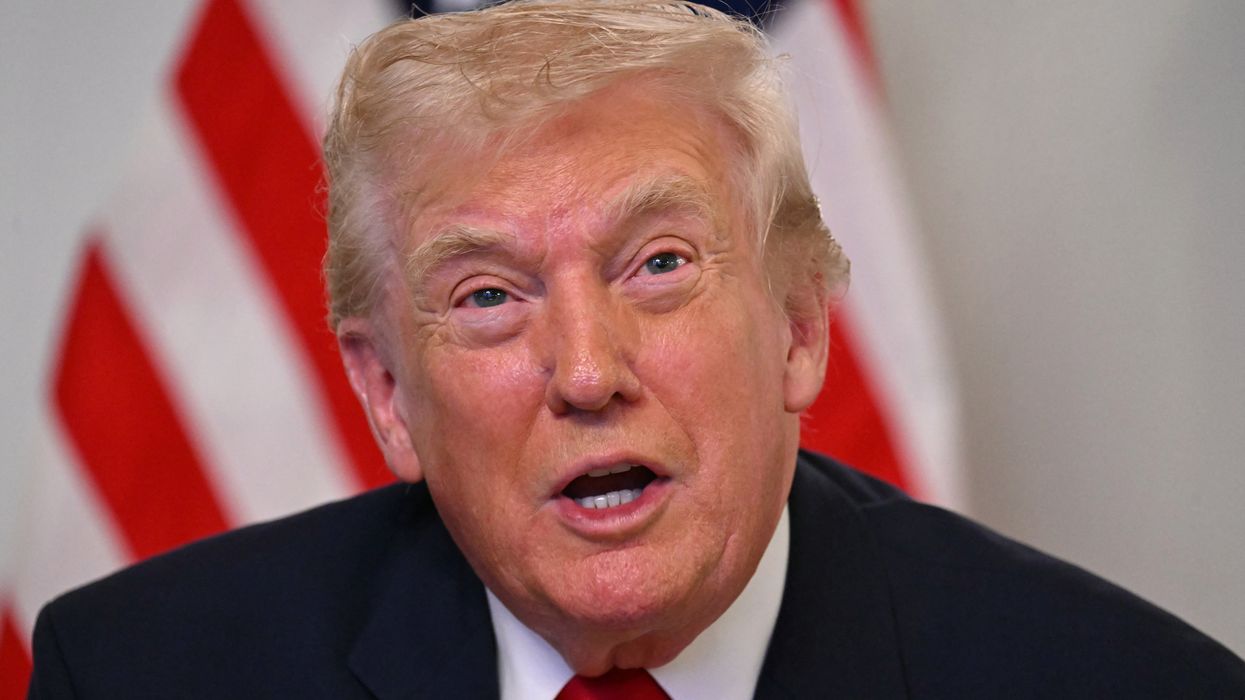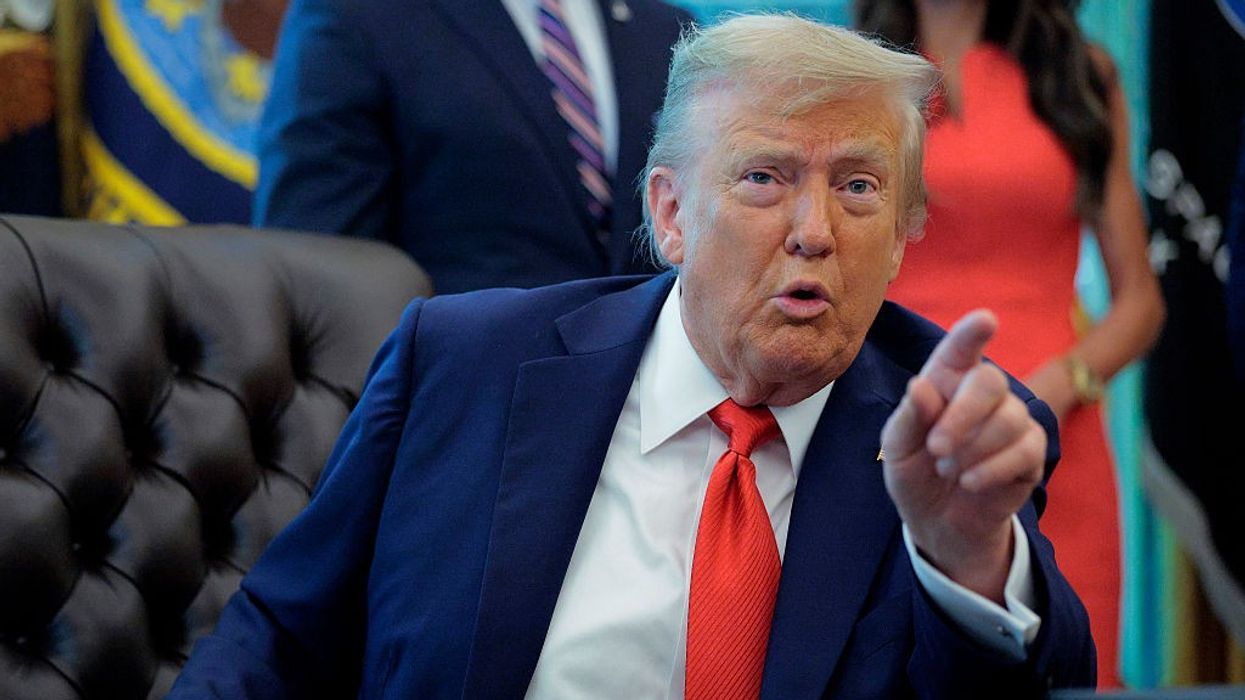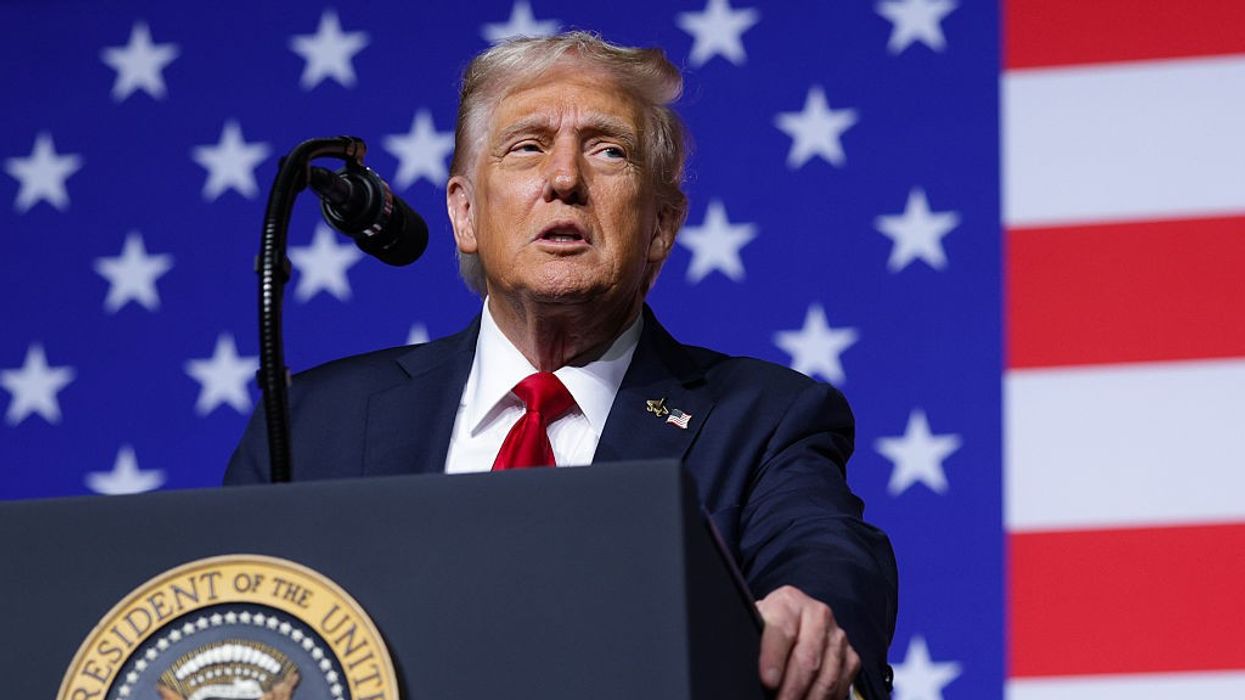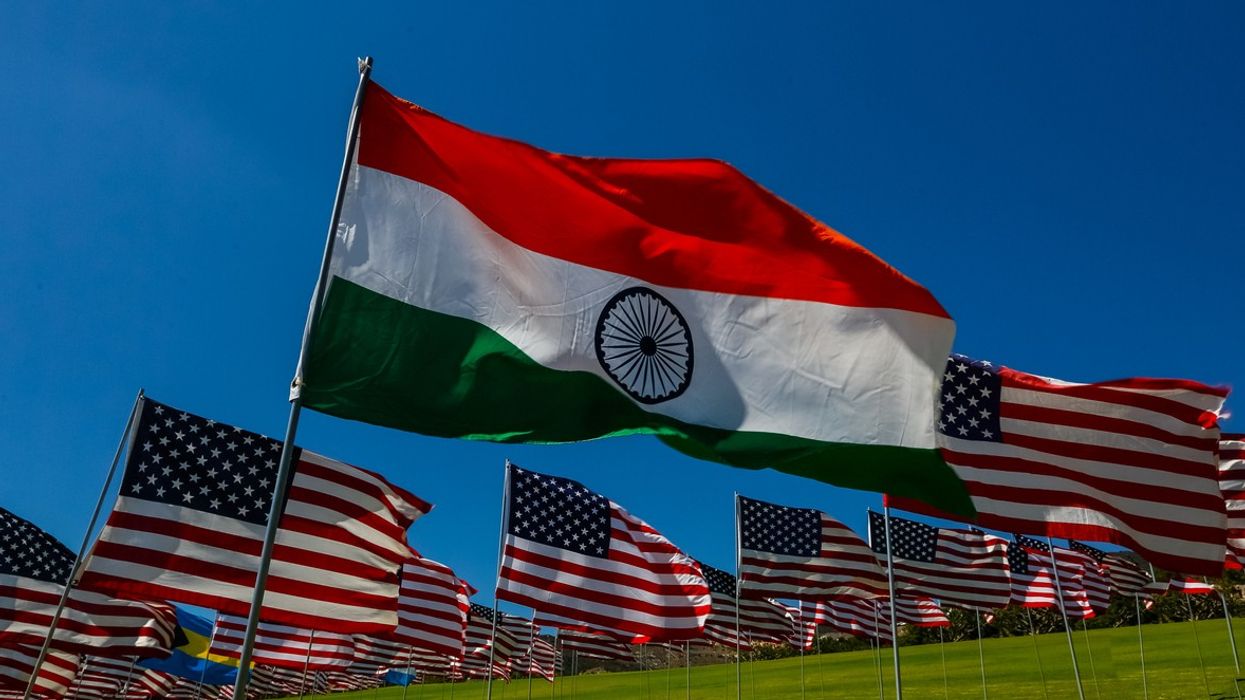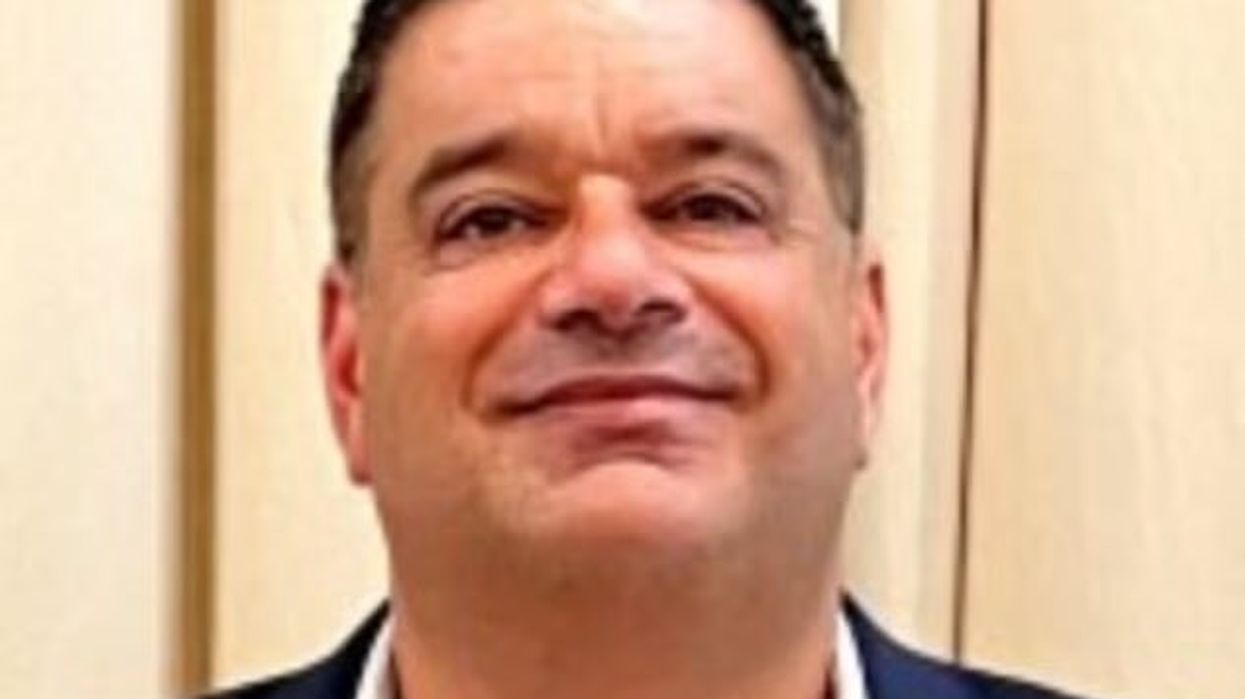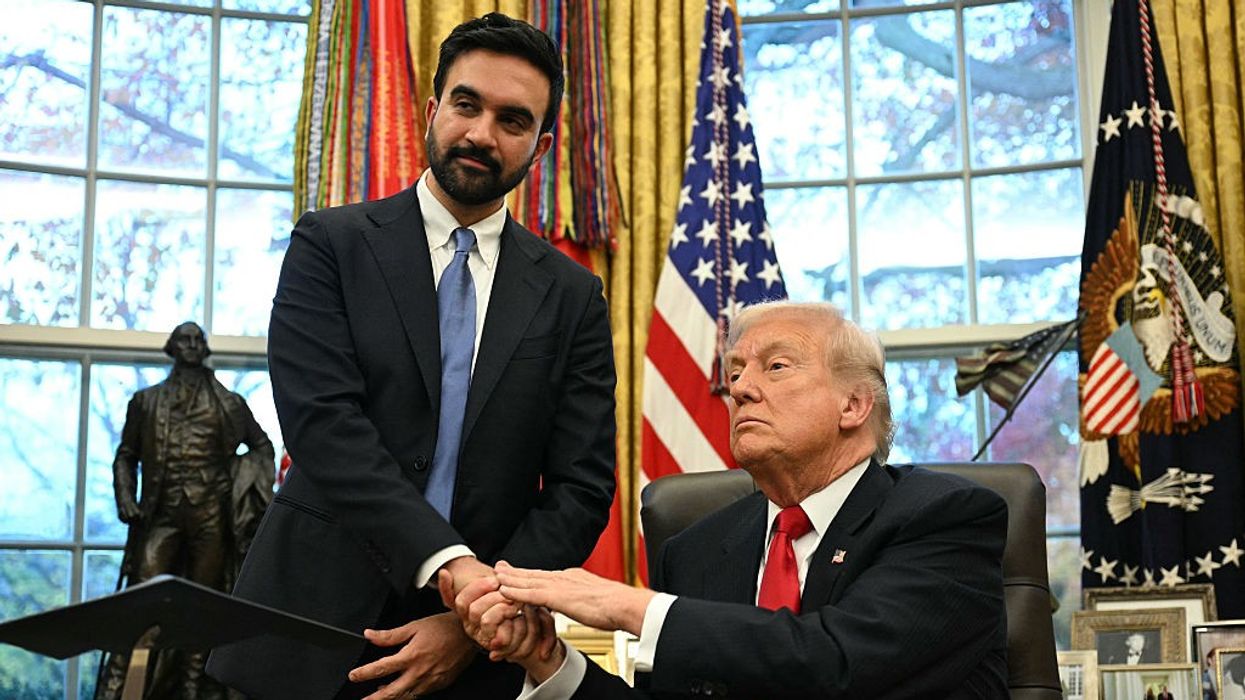Highlights
- Investigators from India and the US disagree over access, security and interpretations of black-box data
- US officials push for faster analysis and raise concerns about delays
- Preliminary findings reignite debate over pilot actions
- Families seek an independent, court-monitored investigation
Tensions surface in high-profile investigation
The investigation into the Air India Boeing 787 crash on the Ahmedabad–London route is marked by strained exchanges, distrust and communication gaps between Indian officials leading the probe and US experts supporting them, according to a detailed report in The Wall Street Journal.
The turning point came when two National Transportation Safety Board (NTSB) specialists arrived in New Delhi in late June. Indian authorities had arranged a late-night military flight to take them to a remote facility to examine the flight data and cockpit-voice recorders.
US officials intervene over security concerns
NTSB chair Jennifer Homendy raised concerns flagged by the US State Department about the travel plan. Embassy staff were sent to the airport to halt the specialists, leaving them in Delhi instead of the remote site.
The US team continued pressing for immediate extraction of black-box data in either Delhi or Washington. Homendy warned she could withdraw American support if delays persisted.
Indian investigators eventually agreed to conduct the downloads in Delhi using NTSB-supplied equipment, a moment described in the report as a major point of friction.
Dispute over pilot actions deepens
The newspaper repeated its earlier reporting, naming the pilot, claiming many American officials privately believe the evidence so far suggests he “deliberately” crashed the aircraft.
India has not backed this interpretation. The Aircraft Accident Investigation Bureau’s preliminary findings did not assign blame or identify who moved the switches that cut fuel to both engines shortly after takeoff.
Recordings referenced by US officials suggest the first officer attempted to regain control while the captain remained calm, fueling concerns on the American side. Indian officials remain cautious about drawing conclusions.
Families push for independent oversight
On November 7, the Supreme Court issued notices to the central government and the aviation regulator, DGCA, after Capt. Sumeet Sabharwal’s 91-year-old father petitioned for a court-monitored inquiry.
The bench noted that blame should not automatically fall on the late pilot, stating it was “an accident” and that no individual should be held responsible without clear evidence.
The Ahmedabad crash killed 260 people, including 19 on the ground, leaving only one survivor on the aircraft.
Families and pilot groups argue that focusing solely on cockpit actions may overlook potential mechanical issues.
Pressure mounts as stakes rise
The findings carry major implications. The Boeing 787 is a widely used long-haul aircraft, and any indication of a systemic defect would have global consequences.
US regulators maintain they have seen no signs of mechanical failure. Boeing and GE Aerospace are not working on any related fixes, according to the report.
FAA administrator Bryan Bedford said in July, “We feel very comfortable that this isn’t an issue with inadvertent manipulation of fuel control.”

